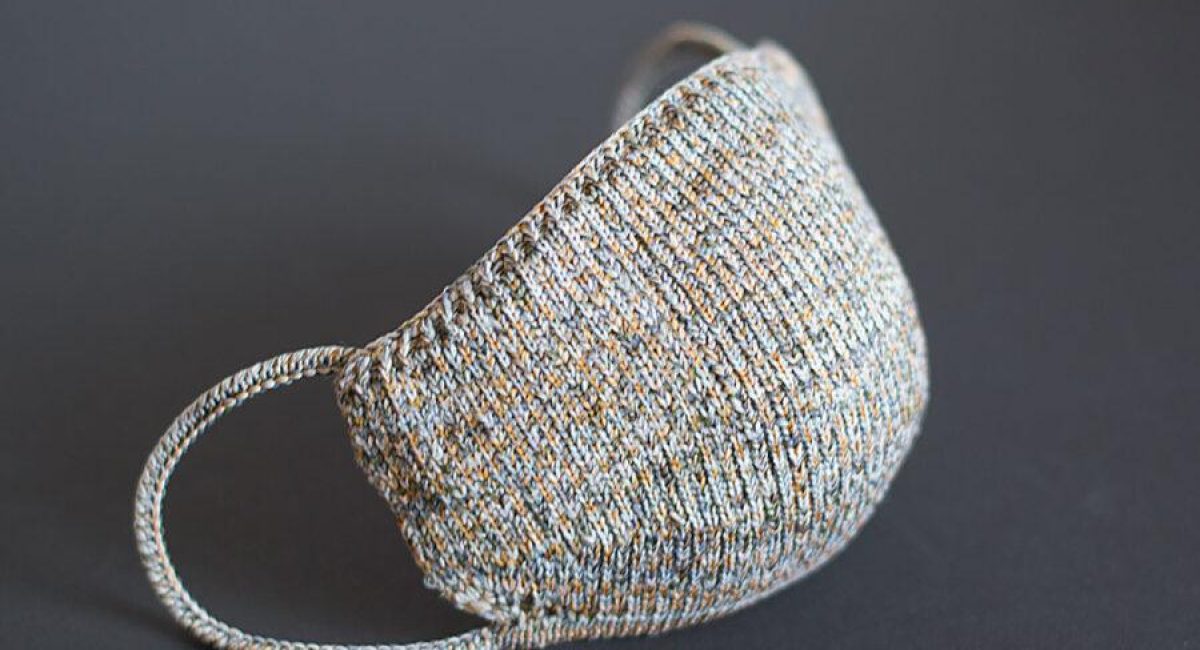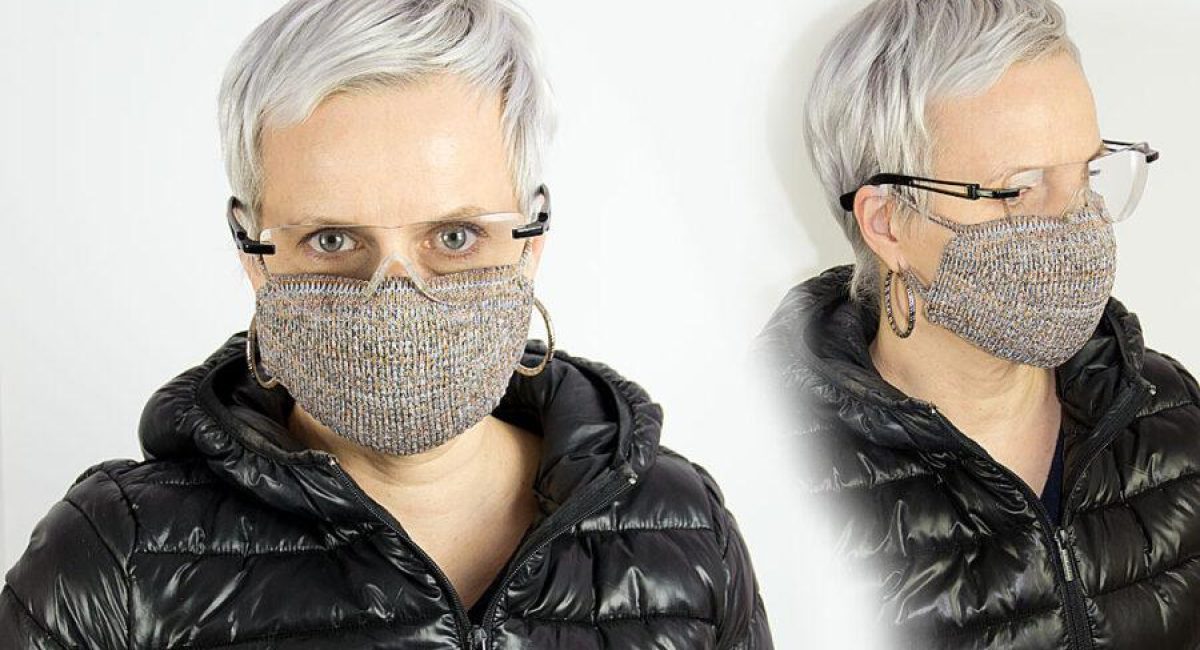Coronavirus. Protective masks.

by Kasia Korkosińska
Why do I need a mask?
Due to the coronavirus pandemic in Poland, we have a statutory obligation to move around in public places by covering our mouth and nose. The legislator did not write that it must be a mask, you can cover your face with a bandana, bandana or scarf.
However, I think a face mask would be more comfortable
and safer. A disinfected, clean and well-fitting mask helps protect against infection because it limits the contact of hands with the face and nose and makes it difficult to scratch and rub these areas. Thanks to this, you do not introduce harmful pathogens into your body. Since so many people are sick, as many as 80% are asymptomatic, it is not really known who is sick and who is healthy.
A clean, disinfected mask, keeping distance, avoiding population centers, washing hands frequently - these rules can protect us against infection. Wearing masks helps fight the pandemic.
Who can be without a mask?
The Act clearly indicates people and situations in which we can not wear a mask, and the following people are exempt from the obligation:
– children up to two years of age;
– living together,
– traveling in their own passenger car accompanied by people with whom they share the household;
– on a walk in the forest;
the order to wear masks does not apply to those of us who do
– have breathing problems, e.g. people with asthma, allergies, etc.;
– those who cannot take it off or put it on themselves are also exempt.
No documents are needed stating that we do not have to wear a mask, just a verbal declaration is enough.


Types of protective masks.
From the point of view of personal protection during the current coronavirus pandemic, protective masks can be divided into two groups.
The first are specialized masks and half-masks for medics who have direct contact with people infected or suspected of being infected. These masks fit tightly to the face and are equipped with filters that block the access of volatile particles. Such a mask makes breathing difficult and is not particularly comfortable to use, and if it is accidentally removed, it is a source of infection. We will see the following markings on this type of masks:
N95 is an American standard that says it stops 95% of volatile particles. N99 – 99%, N100 stops 99.97% of volatile particles.
FFP1 – EU standard, stops min. 80% volatile particles.
FFP2 – 94%, FFP3 – 99% volatile particles.
Filters:
P1 – stops min. 80% volatile particles
P2 – 94%, P3 – 99.95% volatile particles.
No product lasts forever, masks also have parameters in this respect:
NR – disposable half mask, for 8 hours;
R – reusable half mask;
Read the manufacturer's instructions, where you will find all the information on the proper use of the product. However, it is suggested that medical masks be given to people who have direct contact with sick people.
The second group of protective masks are those intended for all people, except those who cannot wear a mask for various reasons.
Surgical masks can be made of various materials,
the cheapest disposable ones are made of PP non-woven fabric. (polypropylene) their service life is from 15 minutes to 4 hours.
You take it off and throw it away when it becomes damp, of course taking all safety precautions.
There are also reusable protective masks available on the market, made of materials (fabrics or knitted fabrics ) that can be effectively disinfected at home.
These masks are not as effective against the entry of the virus, but they provide a sufficient physical barrier to the drops of saliva that escape from our mouths while speaking and, together with protective glasses, create effective protection against the introduction of the virus into our body through involuntary touching of the face, nose and eyes.
The greatest threat of coronavirus is its quick contagiousness and the fact that a very large group of people are asymptomatic, it is not known exactly who is sick and who is healthy. Wearing a protective mask, keeping your distance from other people, and washing your hands frequently gives us a chance to protect ourselves from infection.
Remember that disposable masks are for single use and cannot be disinfected in a product-safe manner. Research on ways to disinfect masks is still ongoing
(more on this topic here ).
How to disinfect a mask?
We can disinfect the mask at home by washing it in a washing machine with detergent at 60 degrees for 45 minutes.
Spraying the mask with 70% alcohol also gives good results and wait until it dries.
Remember that disposable masks are for single use and cannot be disinfected in a product-safe manner. Research is still ongoing on ways to disinfect masks (more on this topic here ).
We must take into account the fact that we will have to wear masks for two years, so there is no way, using disposable masks is simply impossible, dangerous and uneconomical, I am not talking about the problem of disposing of millions of masks that will be thrown away every day, and they are These are materials considered hazardous and must be handled appropriately.
Therefore, it is best to purchase masks that can be disinfected at home. It's best to have a few pieces to spare.
Wearing a mask safely.
When we breathe, various pathogens that are dangerous to our health accumulate on the material that covers our mouth and nose, so the masks should be disinfected after each use and replaced with a fresh, disinfected one when we feel that the material is moist.
Protective masks should be treated as personal underwear, they should not be exchanged or borrowed.
How to care for your facial skin under a protective mask?
A humid environment favors the growth of fungi, bacteria and other pathogens on the facial skin, so it would be good for the mask to be made of hypoallergenic material. Hydration is crucial for skin health in this situation. Drink a lot, use sparing skin care under the mask, use creams with vitamins A and E, aloe, or calendula extract, because they have a soothing effect. Give up foundation, powder or concealer.
Safe removal of the mask.
If you feel that your mask is already damp, you need to change it.
A humid environment gives fungi, bacteria and viruses better conditions to multiply.
Grab the mask behind your ear with your hand and slide it off your face carefully, avoiding touching anything to the face part of the protective mask.
Place it in a ziplock bag and store it until the mask is sterilized. After doing this, wash your hands thoroughly.
Dermatologists recommend washing the facial skin with a mild, neutral pH preparation, this applies to people who wear the mask for more than 2 hours.